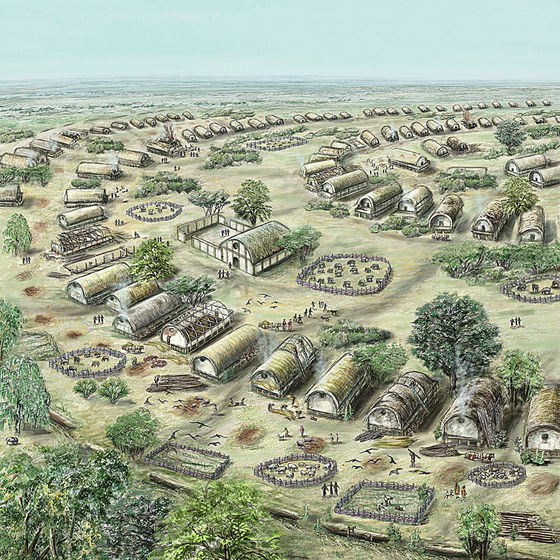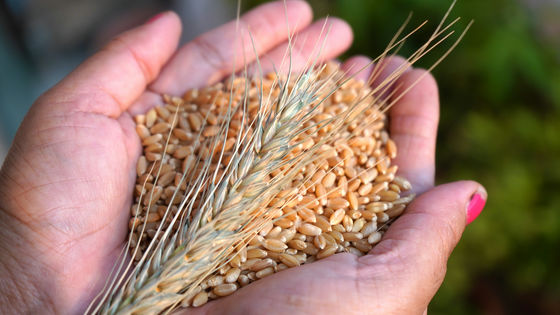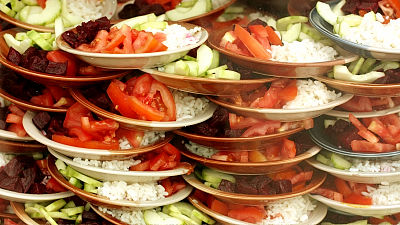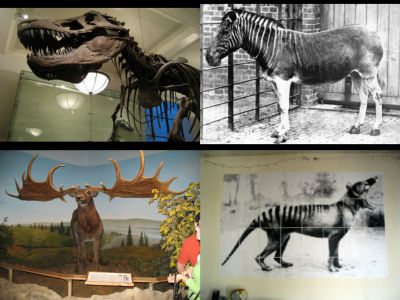In ancient Europe, cows were raised not for meat but for their dung.

PNAS
https://www.pnas.org/doi/10.1073/pnas.2312962120
Europe's earliest cities relied on fertilizer and plant protein, isotope analysis shows
https://phys.org/news/2023-12-europe-earliest-cities-fertilizer-protein.html

Cattle in The Earliest European Cities Weren't Bred as Food : ScienceAlert
https://www.sciencealert.com/cattle-in-the-earliest-european-cities-werent-bred-as-food
Trypilya is the name of a village in Kiev, Ukraine, where the ruins of an ancient mega-settlement belonging to the Cucuteni-Tripilyan culture dating back to 4300-4000 BC have been excavated. Some experts believe that the establishment of the Tripilian culture is even older than the urbanization of Mesopotamia, making Tripilha the oldest city in Europe. The image below is an illustration that reproduces the city of Tripilha, shown by Susanne Beyer of Kiel University in Germany.

Frank Schlutz, a paleoecology researcher at Kiel University, and his colleagues investigated the culture and food of ancient Tripilla by examining
In modern society, the common purpose of raising cows is to produce meat or milk. However, according to research, in Tripilha from 4200 to 3650 BC, the main purpose of raising cattle was not for food but for ``dung''.
Analysis of teeth, bones, and nitrogen isotopes in the soil from the remains of the Tripilian society revealed that farmers of the time primarily consumed grains such as peas, lentils, and barley. As large-scale agricultural societies spread, animals such as cows, sheep, and goats kept on pastures ate beans and grains, and their dung became fertilizer, promoting the production of subsequent crops. It is believed that the cycle was primarily used to fertilize farmland. 'This cycle is so important that if we reduce the number of animals that have spent a lot of effort raising them for meat, we will deplete vital resources and collapse the entire system,' the paper points out. Masu.

A study from around 2012 speculated that meat production was active in Tripilha society, as intensive cattle rearing was observed. By elucidating the dietary culture based on isotopic studies, Schultz's research team overturns old theories by showing that the typical Tripilla diet contained only 8-10% animal products. Masu. It is thought that 8 to 10% of the meat they consumed came from small animals, and there were days when they habitually ate only meat from livestock.
The fact that hundreds of animals were herded to use their dung as fertilizer is evidence that the Tripilian culture maintained an advanced agricultural system over many generations that did not overexploit natural resources. Researchers say there is. At the same time, we can begin to see a little bit of the reason why the Tripilian culture disappeared around 3000 BC. Robert Hoffmann, an archaeologist at Kiel University, explains that the species disappeared despite having created a sustainable and nutritious vegetable-based diet using stable agricultural techniques that were less affected by the natural environment. 'The reason for the disappearance of Tripilha can be attributed to social tensions, resulting from increasing social inequality,' he said.
Related Posts:
in Science, Posted by log1e_dh







